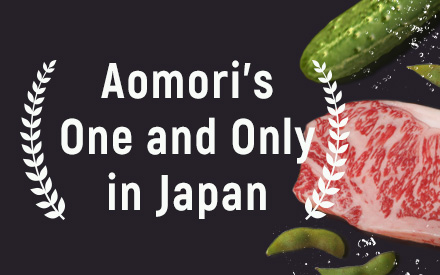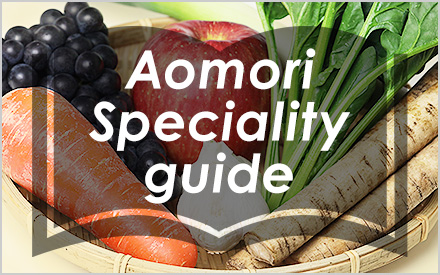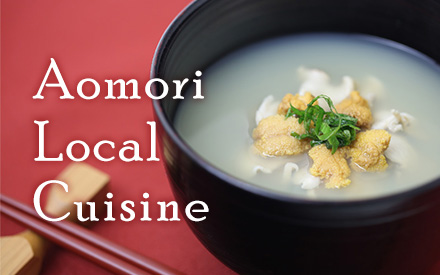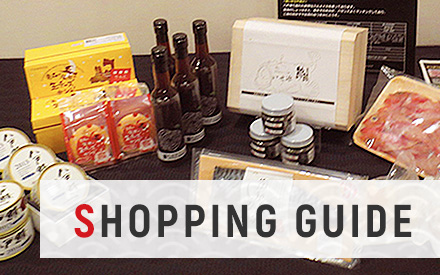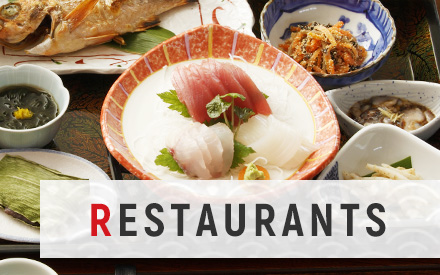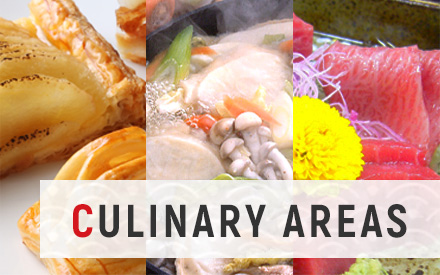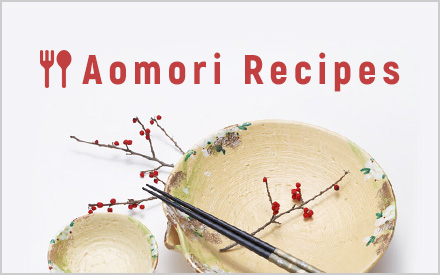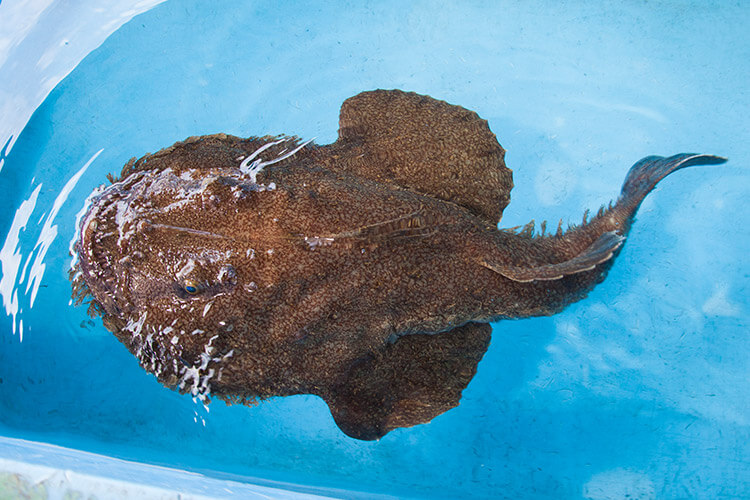
Monkfish, or ankou, is a traditional winter fish in Japanese culture. Despite its unappealing appearance, monkfish is appreciated for its taste in Japan. In the village of Kazamaura in Aomori, the fish is cut and trimmed using a hang-and-cut method called tsurushi-giri, a traditional winter custom in the area. Yellow monkfish, or ki-ankou, is the type of monkfish found in Aomori, found to be more delicious than regular ankou.
In the village of Kazamaura in the Shimokita peninsula, a traditional fishing method called karanawa-zuri is used, in which monkfish is caught alive by using a hook without bait. Gillnetting is also used to catch the fish alive. The fish is available in the market as “Kazamaura Ankou.”
Between the months of December and March annually, the whole village comes together for the Ankou Festival. It is a special period of the year in which villagers perform setchu-giri, a traditional fish cutting that is done on snow. The fresh fish is then prepared and cooked into an exquisite full course meal only available during the festival.
No part of a fresh monkfish goes to waste, it is used in a variety of dishes including hot pots, sashimi, karaage, and tomoae (fish and liver dressed in miso). The liver of monkfish is often referred to as the foie gras of the sea, with an incredibly rich flavor.
The Kazamaura Ankou Course is exclusively available at selected restaurants and inns in the village of Kazamaura.
Distribution Season
in season distribution period
| Jan | Feb | Mar | Apr | May | Jun | Jul | Aug | Sep | Oct | Nov | Dec |
|---|---|---|---|---|---|---|---|---|---|---|---|
Kazamaura Ankou
Kazamaura Ankou, or monkfish, are caught using traditional gillnetting and a unique fishing technique known as karanawa-zuri, a long-line fishing method without using bait. Typical monkfish fishing methods are bottom trawling netting and gillnetting. The karanawa-zuri and gillnetting, hauled every two days, allows for live catches which is not common in monkfish fishing.
The Kazamaura Ankou is typically cut and trimmed using a hang-and-cut method called tsurushi-giri. In the Shimofuro area of the village, setchu-giri, a traditional fish cutting technique done on snow, is also used.
The value of Kazamaura Ankou has been recognized specifically because of the great natural conditions of the village fishing resources as well as the traditional technique of ikejime, a pithing method used to preserve the quality of the fish. In 2014, Kazamaura Ankou was registered as a regional collective trademark, the first monkfish brand to be registered.
Kazamaura Ankou can be found in Kanda, Tokyo at a long established ankou restaurant. The fish is shipped in the ikejime state, maintaining its freshness so that it can be served as sashimi.
Between the peak months of December and March annually, the Shimofuro Onsengo Kazamaura Ankou Festival is held in the Shimofuro hot spring area of Kazamaura village. The Kazamaura Ankou Course Meal becomes available exclusively at selected restaurants and inns in the village, highlighting the monkfish as sashimi, hotpots, and more.
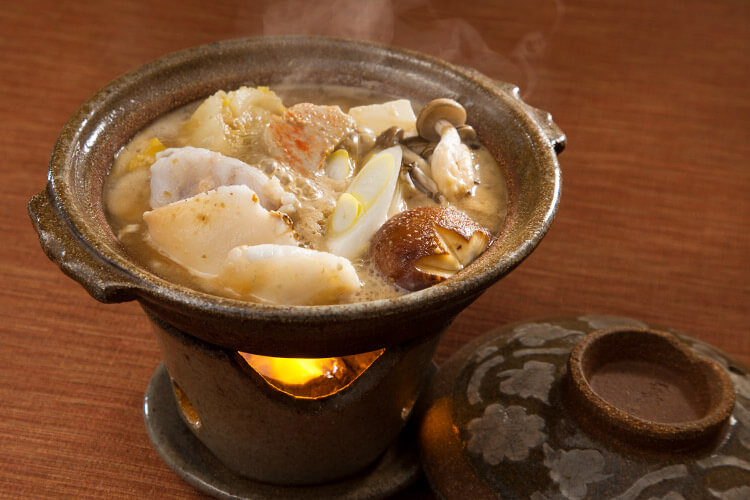
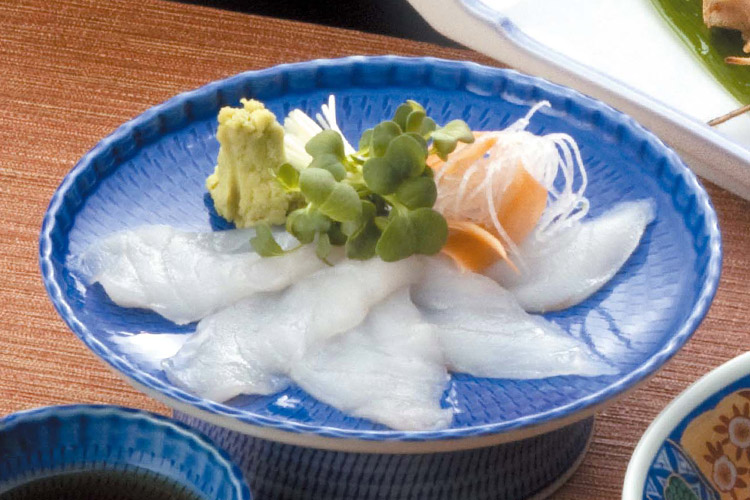
in season distribution period
| Jan | Feb | Mar | Apr | May | Jun | Jul | Aug | Sep | Oct | Nov | Dec |
|---|---|---|---|---|---|---|---|---|---|---|---|
Find a restaurant or store
Depending on the season and weather, this product may not be available.
Local Dish Using Monkfish
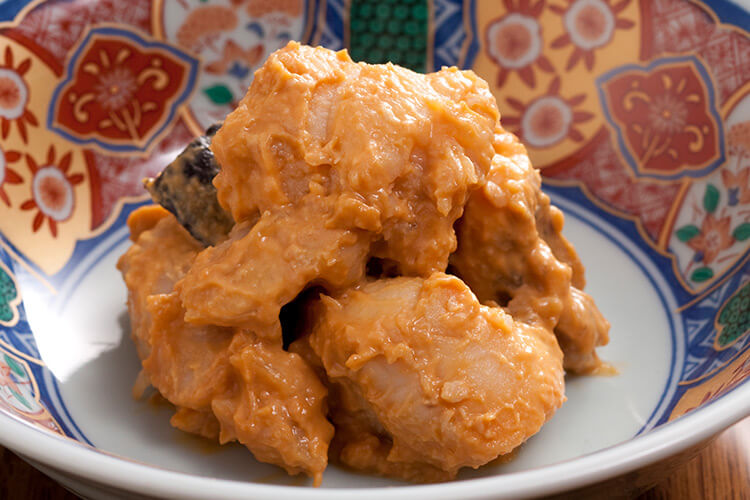
Monkfish Dressed in Miso
Ankou hot pots and ankou liver are available in the Tokyo metropolitan area. However, ankou no tomoae, or monkfish dressed in miso is a local cuisine only found in the Shimokita region of Aomori.


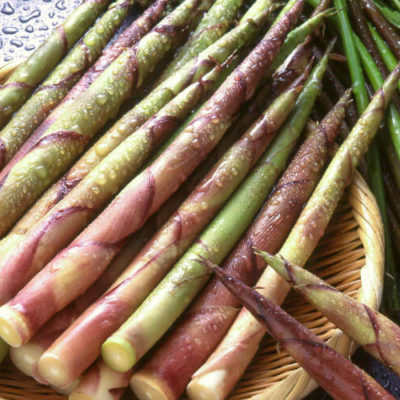 Nemagari Bamboo
Nemagari Bamboo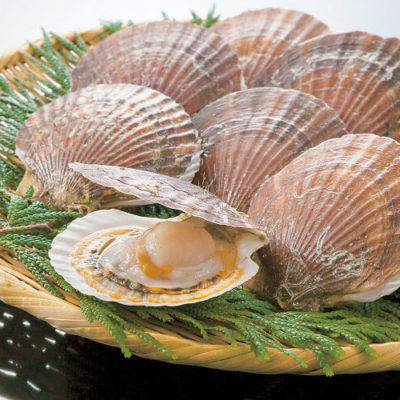 Sea Scallops
Sea Scallops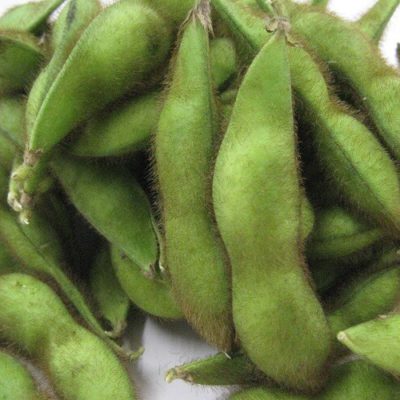 Kemame
Kemame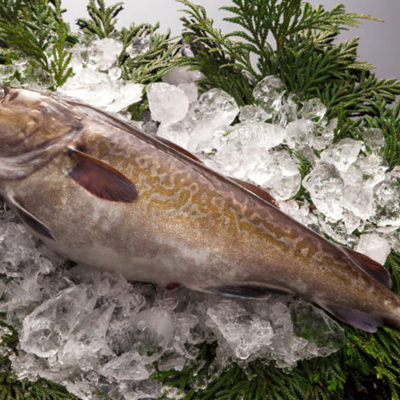 Cod
Cod
